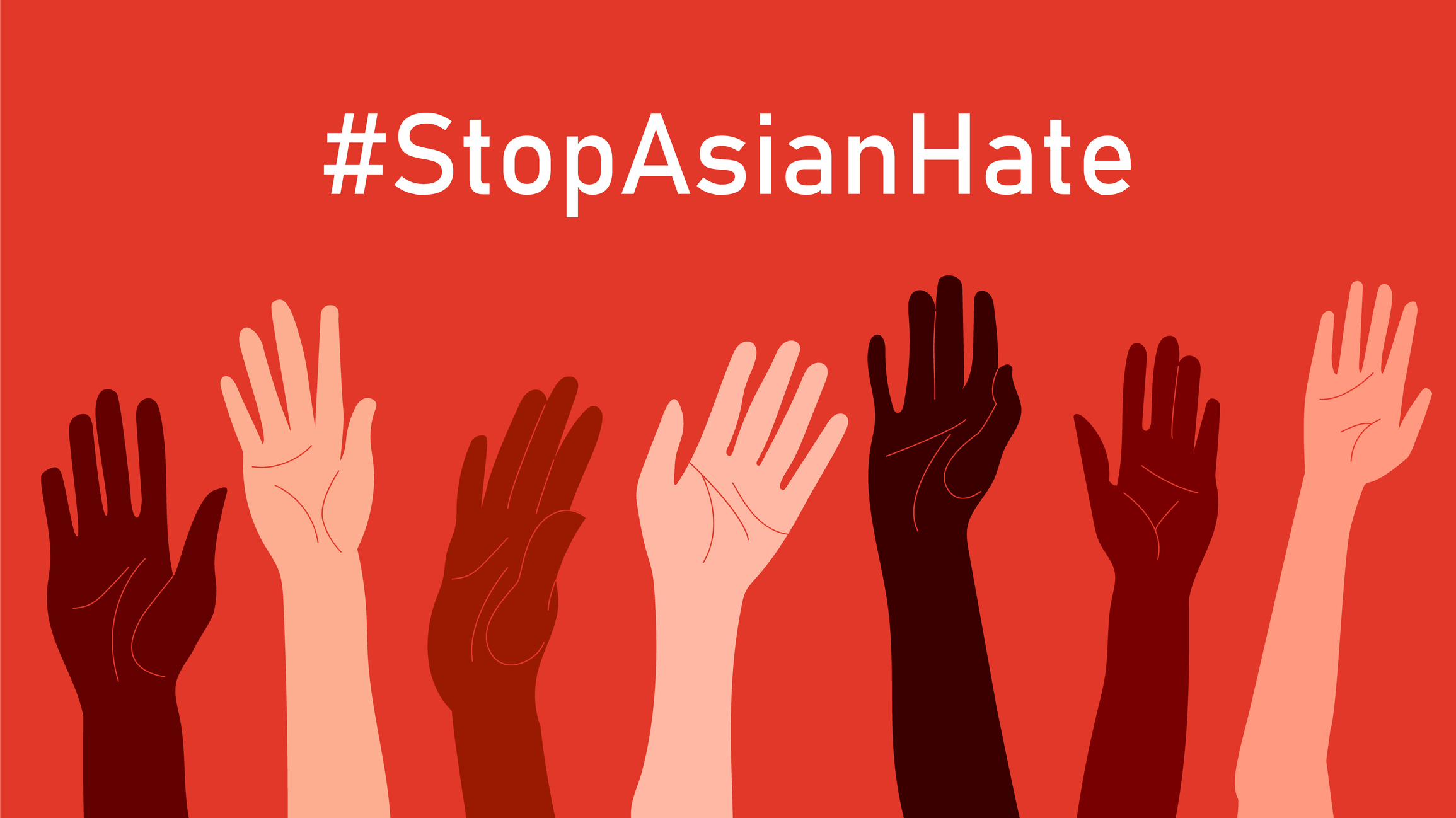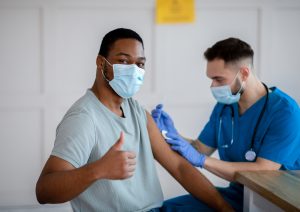 Flushing Hospital Medical Center proudly serves one of the most culturally and ethnically diverse communities in the world. It is for this reason among others that we stand against racism and xenophobia of any kind.
Flushing Hospital Medical Center proudly serves one of the most culturally and ethnically diverse communities in the world. It is for this reason among others that we stand against racism and xenophobia of any kind.
Racism (prejudice or discrimination directed toward a person based on their race) and xenophobia (defined as fear, prejudice or hatred against people from other countries) are not only societal concerns but also public health issues.
A public health issue is identified as a problem that greatly hurts or affects the physical, mental or social health of a population. As an institution that is built on the principle of protecting and improving the health of our diverse community, Flushing Hospital joins other organizations in affirming racism and xenophobia as a serious public health crisis. Our hospital condemns violence against Asians, Pacific Islanders, and others who face discrimination or harassment based on their race or ethnicity.
If you have faced harassment or discrimination in housing, at work, or in any public place, contact the NYC Commission on Human Rights by filling out our online form or by calling 212-416-0197. If you are a victim of or witness a hate crime, call 911. There is language support if you need interpretation services.
All content of this newsletter is intended for general information purposes only and is not intended or implied to be a substitute for professional medical advice, diagnosis or treatment. Please consult a medical professional before adopting any of the suggestions on this page. You must never disregard professional medical advice or delay seeking medical treatment based upon any content of this newsletter. PROMPTLY CONSULT YOUR PHYSICIAN OR CALL 911 IF YOU BELIEVE YOU HAVE A MEDICAL EMERGENCY.





